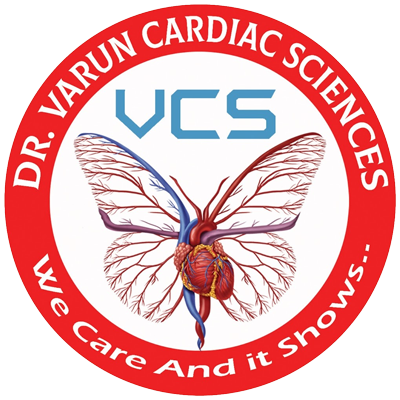Transcatheter therapy represents a significant advancement in the field of cardiology, offering minimally invasive treatment options for various cardiovascular conditions that once required traditional surgery. This innovative approach involves the use of catheters—thin, flexible tubes inserted through blood vessels—to access and treat heart problems directly, without the need for open-heart surgery.
What is Transcatheter Therapy?
Transcatheter therapy involves the use of catheters—thin, flexible tubes inserted into blood vessels—to access and treat various heart conditions directly from within the blood vessels themselves. Unlike open-heart surgery, which requires large incisions and prolonged recovery periods, transcatheter procedures are minimally invasive and typically involve accessing the heart through small incisions in the groin or arm.
How Does Transcatheter Therapy Work?
The procedure begins with the insertion of a catheter into a blood vessel, typically in the groin or arm, and guided through the vascular system under fluoroscopy (live X-ray imaging). Once the catheter reaches the heart or affected area, specialized tools and devices are deployed to perform repairs, open blockages, or replace damaged valves. For instance, transcatheter aortic valve replacement (TAVR) is a common procedure where a new valve is inserted within the native aortic valve through a catheter, eliminating the need for open-heart surgery.
What are the advantages of Transcatheter Therapy?
Minimally Invasive
By avoiding large surgical incisions, transcatheter therapy reduces trauma to surrounding tissues, leading to faster recovery times and shorter hospital stays.
Lower Risk
Patients undergoing transcatheter procedures often experience lower rates of complications such as infection and bleeding compared to traditional surgery
Personalized Care
Transcatheter therapies are adaptable and can be tailored to each patient's unique anatomy and condition, improving overall treatment outcomes
What are some applications of Transcatheter Therapy?
Transcatheter therapy is versatile and used to treat a wide range of cardiovascular conditions, including
- Aortic Stenosis: Narrowing of the aortic valve
- Mitral Valve Regurgitation: Leakage of the mitral valve
- Coronary Artery Disease: Blockages in the heart's arteries
- Congenital Heart Defects: Structural abnormalities present at birth
What are the future directions and innovations?
As technology continues to advance, so too does the field of transcatheter therapy. Researchers are exploring new applications and refinements to existing procedures, aiming to further improve patient outcomes and expand the range of conditions treatable through minimally invasive techniques. Innovations such as robotic-assisted catheter navigation and 3D printing of patient-specific devices are paving the way for even more precise and effective treatments.
Transcatheter therapy represents a paradigm shift in the field of cardiology, offering patients innovative treatment options that are less invasive, safer, and tailored to individual needs. As technology and techniques continue to evolve, the future holds promise for further advancements in transcatheter procedures, ultimately enhancing the quality of care and outcomes for patients with cardiovascular conditions worldwide.
In summary, transcatheter therapy stands at the forefront of modern cardiology, embodying the principles of innovation, precision, and patient-centered car

